Creating Technical Content: A Guide to Engaging Tech Audiences

Content marketing is the key to building trust and establishing lasting relationships with customers in today’s digital landscape. By providing valuable and educational content, brands can position themselves as thought leaders and reliable sources of information. However, when it comes to technical industries, a specialized approach is required to engage the target audience effectively.
Technical content marketing focuses on creating trustworthy and educational content that attracts, educates, and converts technical audiences.
The objective of technical content creation is not just to sell products or services, but rather to establish a brand as a trusted authority in the industry. By providing valuable insights, actionable tips, and solutions to common pain points, brands can build credibility and loyalty among their target audience. In the following sections, we will explore strategies for creating useful content for technical industries that engage and captivate tech audiences. So let’s dive in!
Understanding Technical Audiences
To effectively engage with technical audiences, it is essential to understand their unique needs, preferences, and challenges. Technical professionals are often seeking specific types of information that relate directly to their field or industry. They require content that not only provides valuable insights but also offers practical solutions and addresses their pain points.
One example of a platform that caters specifically to the needs of developers is Stack Overflow’s Q&A platform. It provides a space for developers to ask and answer technical questions, enabling them to gain knowledge, troubleshoot issues, and collaborate with peers. By understanding the importance of creating a community-driven platform, Stack Overflow has successfully built trust with its target audience.
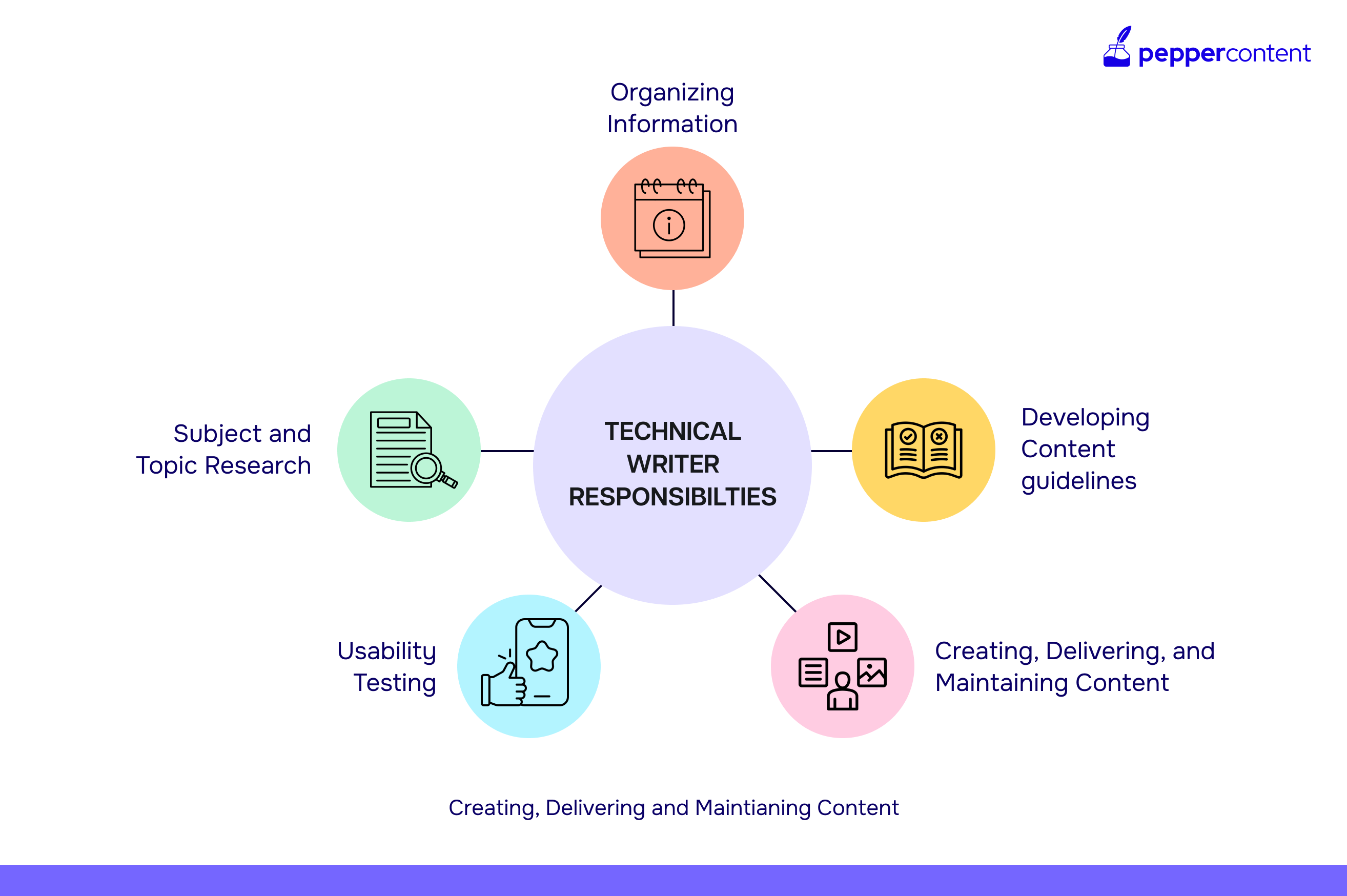
Technical audiences are constantly looking for content that helps them stay up-to-date with the latest trends and advancements in their fields. They seek information that can help them solve problems, improve their skills, and stay competitive in the industry. By recognizing this, content marketers can tailor their strategies to deliver technical content that meets these specific needs and creates value for the audience.
By providing relevant and insightful information, marketers can establish themselves as trusted sources of knowledge within the industry. This understanding forms the foundation for building trust and credibility with technical audiences, ultimately leading to higher engagement, brand loyalty, and conversions.
Researching Relevant Topics
In the fast-paced world of technology, staying up to date with the latest trends and insights is crucial. As a content creator, it’s essential to conduct thorough research to identify trending topics and pain points within the technical industry. This research not only helps you create valuable, informative content but also positions you as a trusted source of information for your target audience.
One effective method for finding relevant topics is using keyword research tools. These tools enable you to discover popular search terms and understand what your audience is actively looking for. By incorporating these keywords into your tech content, you can increase its visibility and attract more organic traffic. Additionally, analyzing competitor content can provide valuable insights into what topics are resonating with your target audience. Study their tech blog content, social media posts, and other forms of content to understand their approach and identify gaps that you can fill.
An example of a company that consistently produces tech content based on real-time SEO trends is Moz. Their blog covers a wide range of topics related to search engine optimization (SEO) and digital marketing. By monitoring industry trends and conducting in-depth research, Moz consistently offers actionable insights for marketers looking to improve their online presence. From guides on link-building strategies to tips for optimizing website performance, Moz provides valuable resources that resonate with their tech-savvy audience.
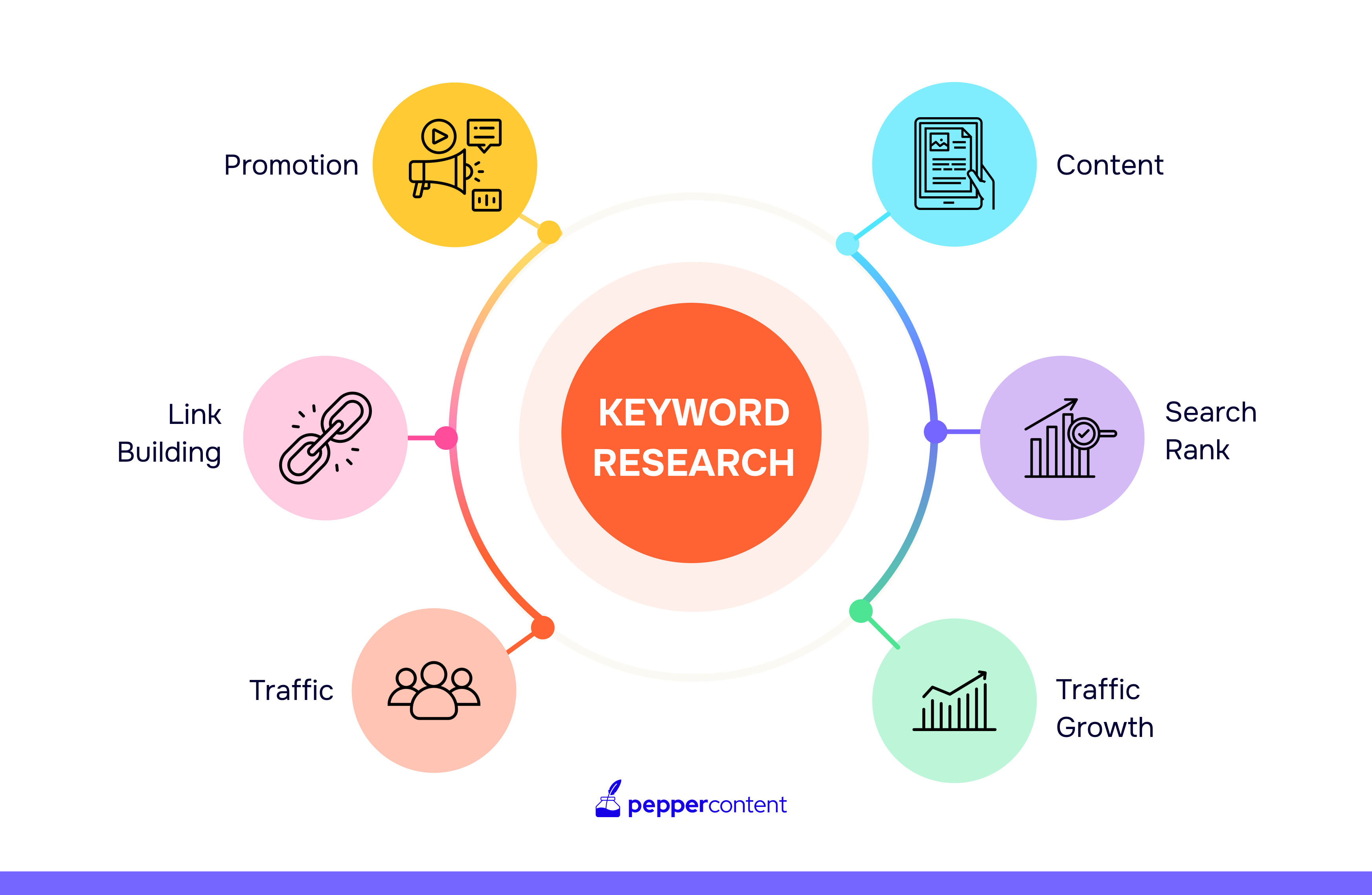
Crafting Compelling Headlines
In the fast-paced world of tech, where time is a precious commodity, capturing the attention of busy professionals can be a challenge. That’s why crafting compelling headlines is crucial when doing tech content creation. A catchy headline can make all the difference between your audience scrolling past or clicking to read more.
To create headlines that truly stand out, it’s important to understand the art and science behind it. One effective technique is to use numbers in your headlines. Tech professionals are often drawn to lists and step-by-step guides that promise actionable insights. For example, a headline like “10 Data-Driven Strategies to Boost Your Tech Marketing Efforts” immediately grabs attention and provides a clear value proposition.
Another approach is to ask thought-provoking questions in your headlines. By tapping into the curiosity of your audience, you can engage them from the start. For instance, “Is Your Tech Content Driving Results? Discover Proven Strategies That Work” invites readers to reflect on their current efforts and offers a solution.
Promising valuable insights in your headlines is another way to entice tech professionals. By emphasizing the value they’ll gain from reading your content, you create a sense of anticipation. An example could be “Unlocking SEO Secrets: Data-Backed Techniques to Skyrocket Your Rankings.”
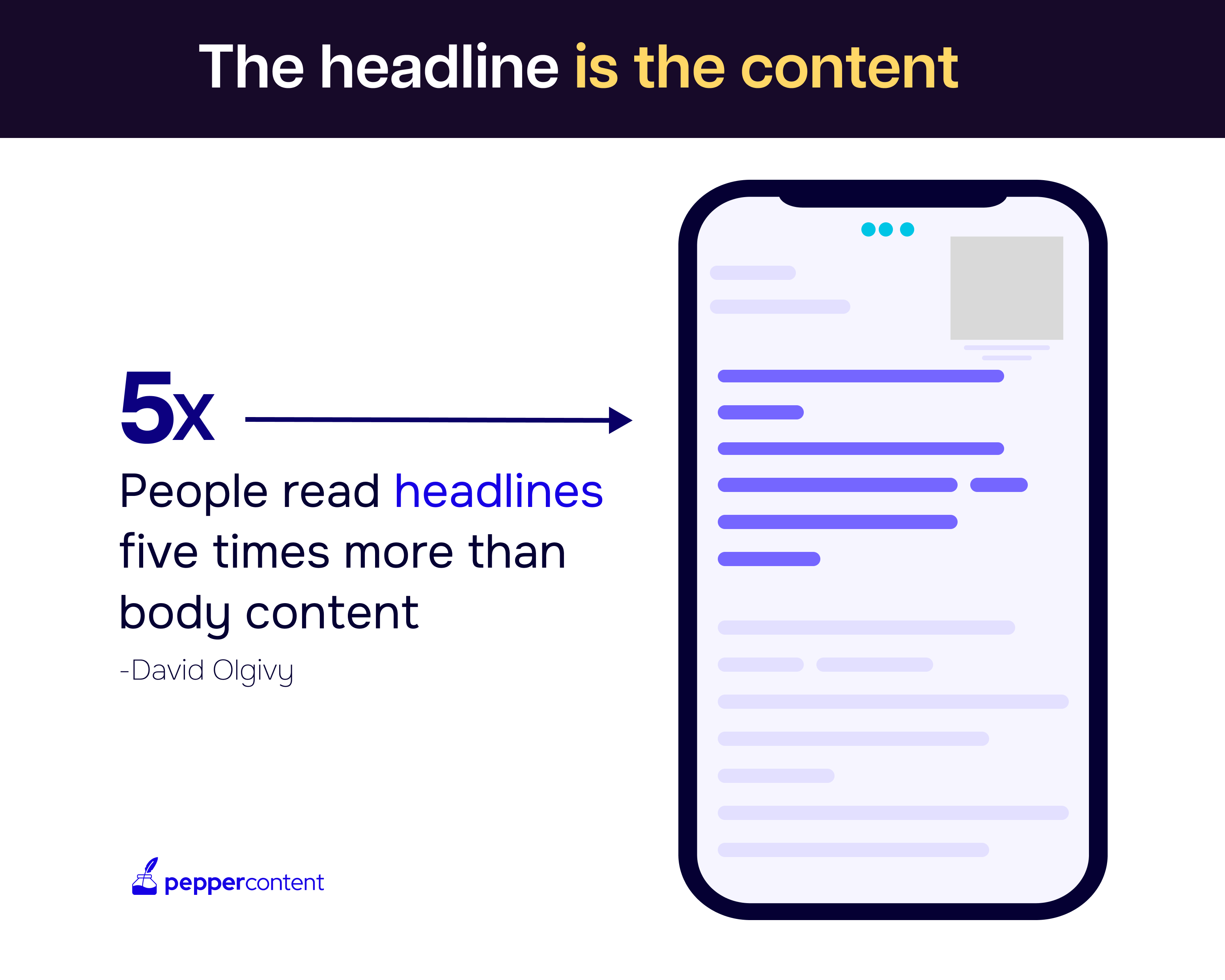
Utilizing Different Content Formats
In the tech industry, one size does not fit all. Technical audiences have diverse learning styles and preferences when it comes to consuming information. To engage them effectively, it is crucial to offer a variety of technical content formats that cater to their individual needs.
- One popular content format in the tech industry is the classic blog post. Blog posts allow for in-depth exploration of topics, providing valuable insights and practical advice. They are an excellent medium for sharing thought leadership and establishing credibility. By consistently delivering high-quality content for tech blogs, you can position your brand as a trusted resource within the technical community.
- Whitepapers are another effective format for engaging tech audiences. These comprehensive reports dive deep into specific subjects, providing detailed analysis, research findings, and expert opinions. Whitepapers allow you to showcase your expertise and contribute to the industry’s knowledge base.
- Videos are gaining popularity as a preferred technical content format. With the rise of platforms like YouTube and Vimeo, video content offers a dynamic way to communicate complex ideas visually.
- Tutorials themselves can also be offered as standalone content pieces. These step-by-step guides provide hands-on learning experiences for technical audiences. Whether it’s coding tutorials or software walkthroughs, these formats enable users to learn at their own pace and apply their knowledge immediately.
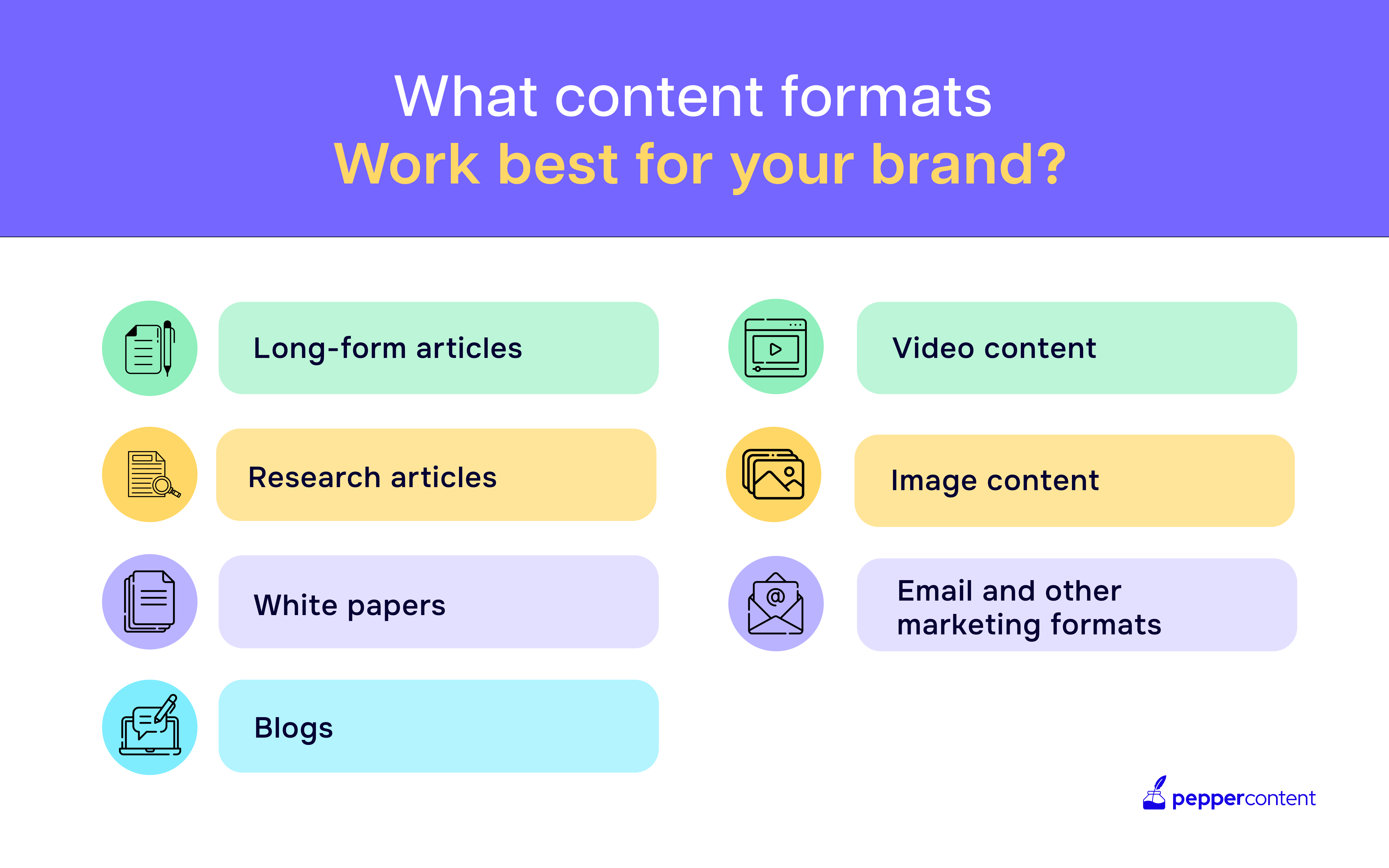
Incorporating Visuals and Graphics
In the fast-paced world of technology, where complex ideas often need to be conveyed quickly, visuals play a vital role in capturing attention and enhancing understanding. Incorporating visuals and graphics into your technical content can make it more engaging, memorable, and easily digestible for your audience.
- Infographics are a powerful way to simplify complex concepts and present data-driven insights. By combining text, icons, illustrations, and charts, infographics condense information into visually appealing, bite-sized pieces.
- Diagrams are another effective visual tool for technical content. Flowcharts, process diagrams, and system architecture visuals help illustrate complex workflows or intricate technical concepts.
- Screenshots are essential when providing tutorials or explaining software functionalities. They provide a visual reference for users to follow along with instructions, making it easier for them to replicate the desired outcome. Screenshots also add credibility by showcasing real-world examples.
- Charts and graphs are valuable for presenting data-driven insights in technical content. When discussing trends, statistics, or research findings, visual representations of data can make the information more accessible and impactful.
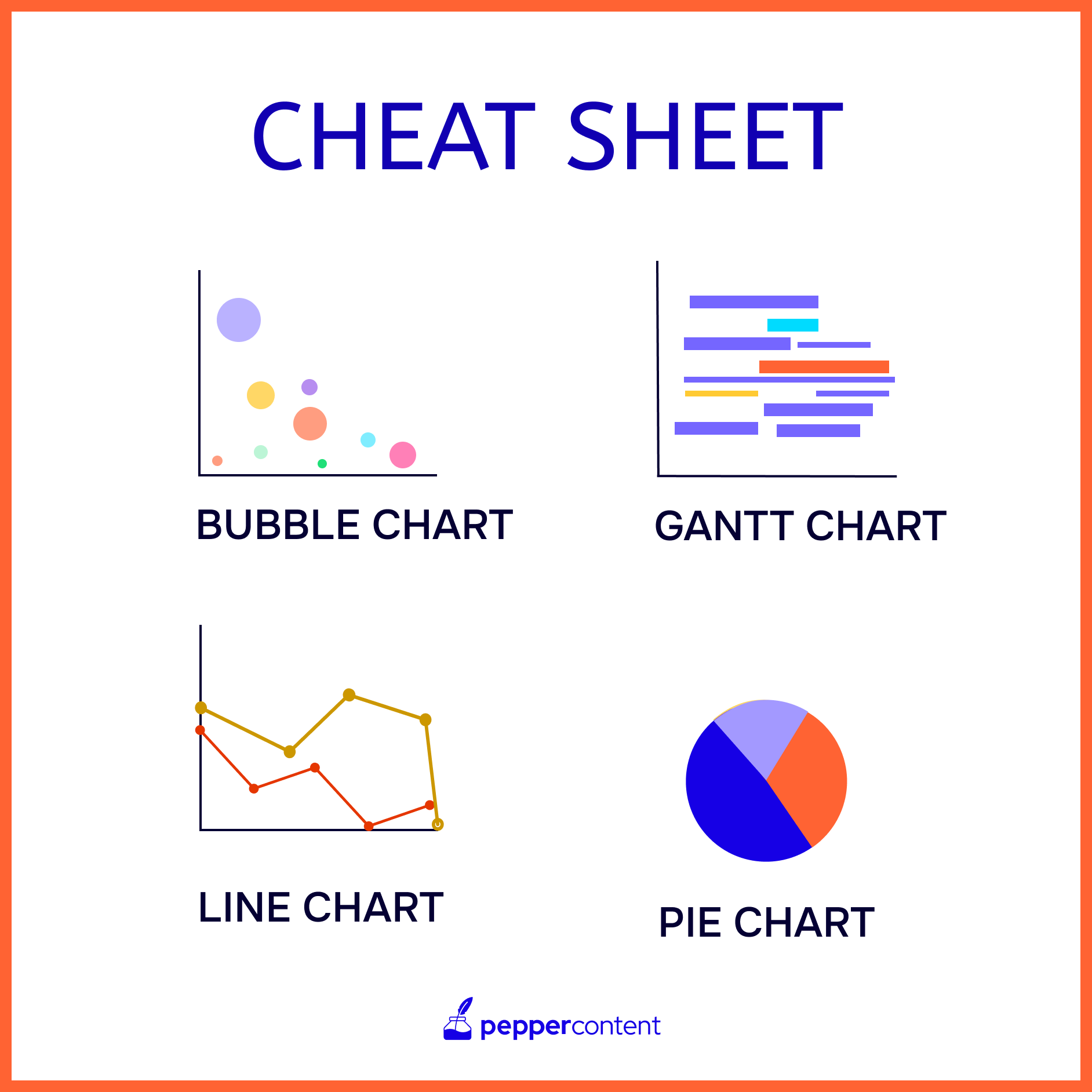
Establishing Thought Leadership
Establishing thought leadership is a crucial aspect of content marketing in the technical industry. With content writing on technology, you can position your brand as a trusted authority and not only gain credibility but also attract and retain an engaged audience. Thought leadership goes beyond just sharing industry knowledge; it involves providing valuable insights, conducting research, and collaborating with experts to drive innovation.
- One effective way to establish thought leadership is by publishing in-depth technical articles or research papers. These pieces should delve into complex topics and provide actionable takeaways for your audience.
- Collaborating with industry experts is another powerful way to establish thought leadership. By featuring guest posts or interviews with renowned professionals, you showcase a diverse range of perspectives and tap into their knowledge and experience.
An excellent example of thought leadership in action is Microsoft’s Tech Community platform. The platform provides a space for professionals to share their expertise through informative articles written by recognized thought leaders in the technical industry. This not only enhances Microsoft’s credibility but also fosters engagement within the community.
Encouraging Audience Engagement
Encouraging audience engagement is essential for building a thriving community around your technical content. By fostering two-way communication, you create a space where readers can interact with your brand, ask questions, share experiences, and provide feedback.
- One effective way to encourage audience engagement is by including comment sections on your blog or website. By providing a platform for readers to ask questions or share their thoughts, you invite them to actively participate in the conversation.
- Feedback forms are another useful tool for encouraging audience engagement. By seeking feedback on your content, you can gather valuable insights and make improvements to better serve your audience.
- Live Q&A sessions are another engaging way to interact with your audience. By hosting live sessions where industry experts answer questions, you create a dynamic and interactive experience.
Leveraging User-generated Content
User-generated content is like a golden ticket to credibility, offering valuable insights from industry experts and showcasing the practical applications of products and services. By leveraging user-generated content, marketers can enhance their brand’s reputation, build trust with their audience, and ultimately drive business growth.
- One effective way to leverage user-generated technical content is through case studies. These detailed narratives highlight how customers have overcome challenges and achieved their goals using a particular product or service.
- Testimonials are another powerful form of user-generated content. They allow satisfied customers to share their positive experiences and praise the brand for its exceptional products or services.
- Additionally, featuring guest posts from industry experts can help position a brand as a thought leader in the technical industry. By providing a platform for these experts to share their knowledge and insights, marketers can establish themselves as a trusted source of information within the field.
Throughout this comprehensive guide on creating useful content for technical industries, we have explored various strategies to engage tech audiences effectively. By understanding the unique needs of technical audiences, researching relevant topics, crafting compelling headlines, utilizing different content formats, incorporating visuals and graphics, establishing thought leadership, encouraging audience engagement, and leveraging user-generated content, marketers can create valuable and engaging content that resonates with their target audience.
So, as you dive into the exciting world of technical content marketing, remember the power of engaging your tech audience with captivating content that speaks directly to their needs. Embrace these strategies, experiment with different approaches, and stay up to date with the latest trends in the industry to ensure your content remains relevant and impactful.
Now go forth and create compelling content that leaves your tech audience wanting more!
Latest Blogs
Explore how Google’s 2025 AI search updates triggered ranking chaos. Learn actionable strategies to adapt your SEO for AI Overviews, zero-click searches, and SERP volatility. Stay ahead now.
Learn how to rank on AI search engines like ChatGPT, Perplexity, and Gemini by optimizing your content for authority, structure, and relevance. Stay ahead in AI-driven search with this strategic guide.
Explore the best healthcare SEO services for your medical practice. Improve online visibility and effectively reach more patients in need of your services.
Get your hands on the latest news!
Similar Posts

Content Strategy
5 mins read
Choosing The Best Healthcare Marketing Agency For Effective Content Solutions

Content Marketing
4 mins read
Top 10 Agencies B2B SaaS Content Marketing for B2B Success

B2C Marketing
5 mins read